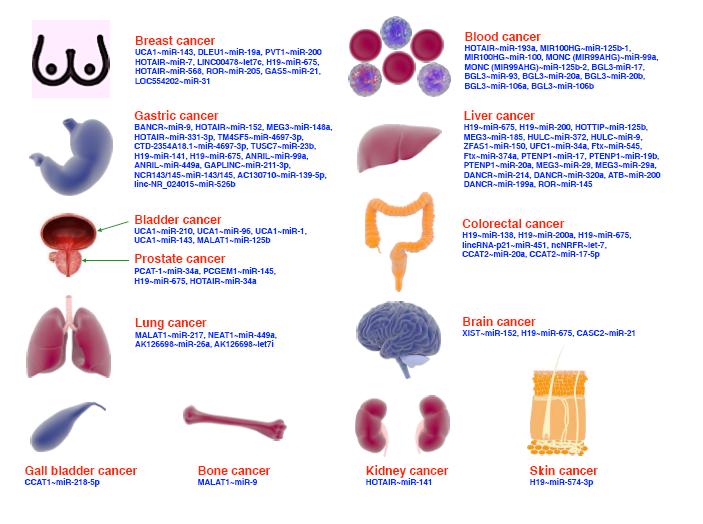| 1. |
Steinmetz J D, Seeher K M, Schiess N, et al. Global, regional, and national burden of disorders affecting the nervous system, 1990–2021: a systematic analysis for the Global Burden of Disease Study 2021. Lancet Neurol, 2024, 23(4): 344-381.
|
| 2. |
Naish K R, Vedelago L, MacKillop J, et al. Effects of neuromodulation on cognitive performance in individuals exhibiting addictive behaviors: A systematic review. Drug Alcohol Depend, 2018, 192: 338-351.
|
| 3. |
Bari A, DiCesare J, Babayan D, et al. Neuromodulation for substance addiction in human subjects: A review. Neurosci Biobehav Rev, 2018, 95: 33-43.
|
| 4. |
McGirr A, Berlim M T. Clinical usefulness of therapeutic neuromodulation for major depression: a systematic meta-review of recent meta-analyses. Psychiatr Clin North Am, 2018, 41(3): 485-503.
|
| 5. |
Knotkova H, Hamani C, Sivanesan E, et al. Neuromodulation for chronic pain. Lancet, 2021, 397(10289): 2111-2124.
|
| 6. |
Grossman N, Okun M S, Boyden E S. Translating temporal interference brain stimulation to treat neurological and psychiatric conditions. JAMA Neurol, 2018, 75(11): 1307-1308.
|
| 7. |
Hutcheon B, Yarom Y. Resonance, oscillation and the intrinsic frequency preferences of neurons. Trends Neurosci, 2000, 23(5): 216-222.
|
| 8. |
Grossman N, Bono D, Dedic N, et al. Noninvasive deep brain stimulation via temporally interfering electric fields. Cell, 2017, 169(6): 1029-1041.
|
| 9. |
Liu X, Qiu F, Hou L, et al. Review of noninvasive or minimally invasive deep brain stimulation. Front Behav Neurosci, 2022, 15: 820017.
|
| 10. |
Guo W, He Y, Zhang W, et al. A novel non-invasive brain stimulation technique: "temporally interfering electrical stimulation". Front Neurosci, 2023, 17: 1092539.
|
| 11. |
Cao J, Grover P. STIMULUS: noninvasive dynamic patterns of neurostimulation using spatio-temporal interference. IEEE Trans Biomed Eng, 2020, 67(3): 726-737.
|
| 12. |
Song X, Zhao X, Li X, et al. Multi-channel transcranial temporally interfering stimulation (tTIS): application to living mice brain. J Neural Eng, 2021, 18(3): 036003.
|
| 13. |
Huang Y, Parra L C. Can transcranial electric stimulation with multiple electrodes reach deep targets?. Brain Stimul, 2019, 12(1): 30-40.
|
| 14. |
Rampersad S, Roig-Solvas B, Yarossi M, et al. Prospects for transcranial temporal interference stimulation in humans: A computational study. Neuroimage, 2019, 202: 116124.
|
| 15. |
Lee S, Lee C, Park J, et al. Individually customized transcranial temporal interference stimulation for focused modulation of deep brain structures: a simulation study with different head models. Sci Rep, 2020, 10(1): 11730.
|
| 16. |
Huang Y, Datta A. Comparison of optimized interferential stimulation using two pairs of electrodes and two arrays of electrodes. Annu Int Conf IEEE Eng Med Biol Soc, 2021: 4180-4183.
|
| 17. |
Stoupis D, Samaras T. Non-invasive stimulation with temporal interference: optimization of the electric field deep in the brain with the use of a genetic algorithm. J Neural Eng, 2022, 19(5): 056018.
|
| 18. |
Dogdas B, Stout D, Chatziioannou A F, et al. Digimouse: a 3D whole body mouse atlas from ct and cryosection data. Phys Med Biol, 2007, 52(3): 577-587.
|
| 19. |
Wang Q, Ding S L, Li Y, et al. The allen mouse brain common coordinate framework: a 3D reference atlas. Cell, 2020, 181(4): 936-953.
|
| 20. |
Tran A P, Yan S, Fang Q. Improving model-based functional near-infrared spectroscopy analysis using mesh-based anatomical and light-transport models. Neurophotonics, 2020, 7(1): 015008.
|
| 21. |
Barchanski1 A, De Gersem1 H, Gjonaj E, et al. Impact of the displacement current on low-frequency electromagnetic fields computed using high-resolution anatomy models. Phys Med Biol, 2005, 50(19): N243-N249.
|
| 22. |
Plonsey R, Heppner D B. Considerations of quasi-stationarity in electrophysiological systems. Bull Math Biophys, 1967, 29: 657-664.
|
| 23. |
Bossetti C A, Birdno M J, Grill W M. Analysis of the quasi-static approximation for calculating potentials generated by neural stimulation. J Neural Eng, 2007, 5(1): 44-53.
|
| 24. |
Alekseichuk I, Mantell K, Shirinpour S, et al. Comparative modeling of transcranial magnetic and electric stimulation in mouse, monkey, and human. Neuroimage, 2019, 194: 136-148.
|
| 25. |
Monai H, Ohkura M, Tanaka M, et al. Calcium imaging reveals glial involvement in transcranial direct current stimulation-induced plasticity in mouse brain. Nat Commun, 2016, 7(1): 11100.
|
| 26. |
Lee S, Park J, Lee C, et al. Multipair transcranial temporal interference stimulation for improved focalized stimulation of deep brain regions: A simulation study. Comput Biol Med, 2022, 143: 105337.
|
| 27. |
Reato D, Rahman A, Bikson M, et al. Low-intensity electrical stimulation affects network dynamics by modulating population rate and spike timing. J Neurosci, 2010, 30(45): 15067-15079.
|
| 28. |
Nielsen J D, Madsen K H, Puonti O, et al. Automatic skull segmentation from MR images for realistic volume conductor models of the head: Assessment of the state-of-the-art. Neuroimage, 2018, 174: 587-598.
|
| 29. |
Windhoff M, Opitz A, Thielscher A. Electric field calculations in brain stimulation based on finite elements: an optimized processing pipeline for the generation and usage of accurate individual head models. Hum Brain Mapp, 2013, 34(4): 923-935.
|




